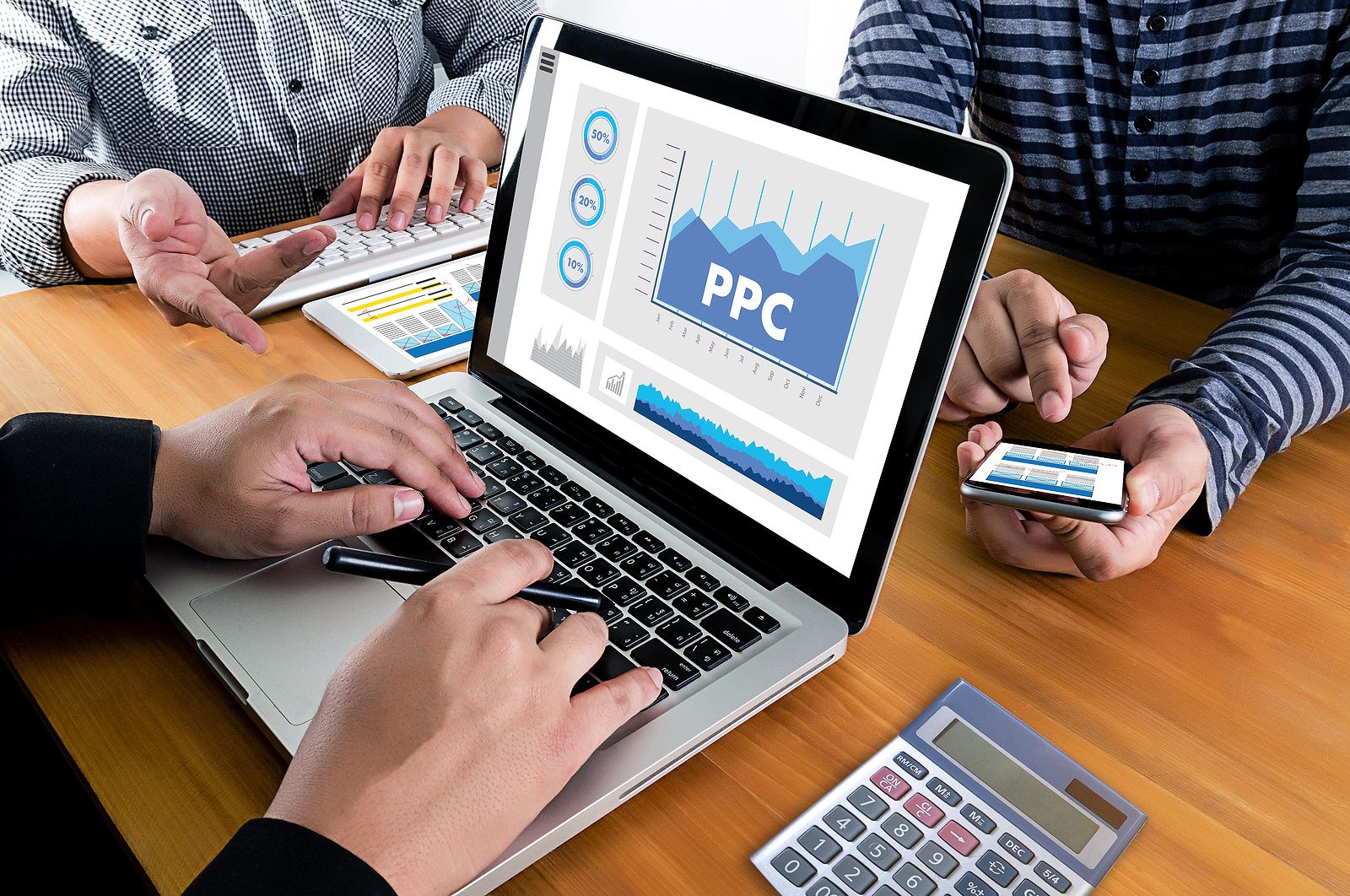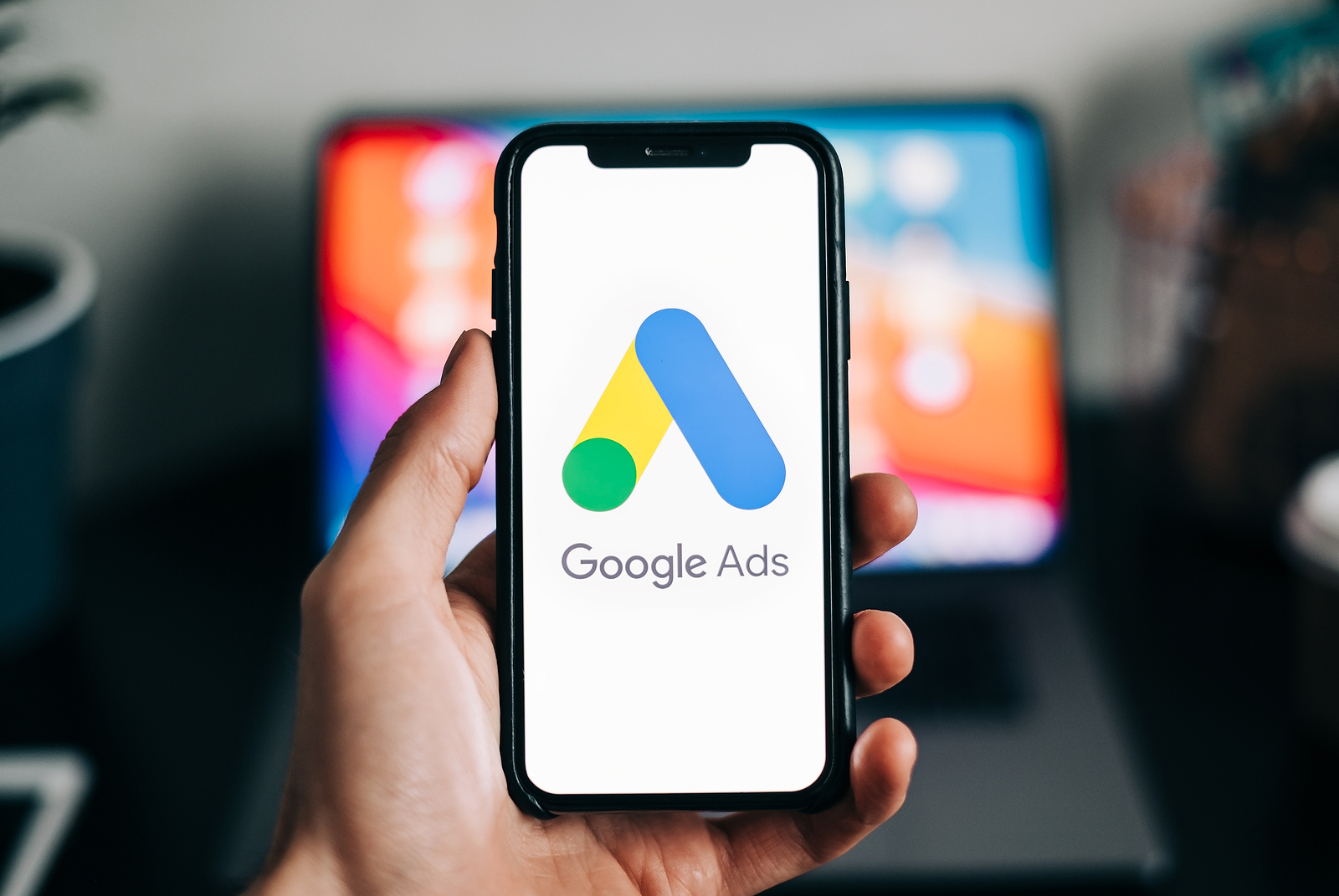When Google changes the configuration of its letters to mark a national holiday - as it often does - people notice, comment and critique. So when Google makes a fundamental change, as it recently did to its ad layout for desktop search results, it's no understatement to say the world noticed.
5 changes tilt the Google axis
In fact, Google recently made not just one but five changes that affect search results on Google.com and Google search partners:
-
1.
Text ads no longer appear on the right-hand side of search results pages. -
2.
As many as four text ads appear at the top of the page, (above the organic listings) and up from the previous maximum of three. -
3.
Three text ads appear at the bottom of the SERPs. -
4.
The total number of text ads that appear on a page have decreased from a maximum of 11 to no more than 7. -
5.
Product listing ad blocks and knowledge panels appear on the right-hand side of relevant queries.

Google is truly the master at discerning intent, for example, when you enter a search term such as "pizza in my town," you get listings for pizza in your town and not instructions on how to make your own homemade pizza. If anything, Google errs on the side of people searching with intent to purchase. In the world of Google, everyone is a consumer.
Still, you might be wondering what spurred Google to make these changes to PPC in the first place. The answer: like other search engines Google has witnessed mobile traffic skyrocket in the last two years. In fact, more web traffic is taking place on mobile than on stationary devices. The five changes, then, are expected to make the "desktop search experience" similar to mobile. The changes also allow Google to provide more relevant results to consumers while providing better results (meaning revenues) to advertisers.
It might be summed up as the proverbial "win-win" scenario. Or is it? Time will tell whether fewer ads on a page will lead to higher prices. And more time will have to pass before Google learns whether advertisers will bid the same amount for ads that appear on the bottom of a page as for those used to appear on the right-hand side.
While you ponder how these changes will affect your marketing efforts, we encourage you to stay on top of this and the Google changes to come. If you find yourself questioning where this leaves you, or unaware of how to move forward with your strategic marketing plans request a consultation with the digital experts at ADTACK. When you implement your new campaigns, you’ll experience excitement like Google’s; people will take notice, and you will see results.





